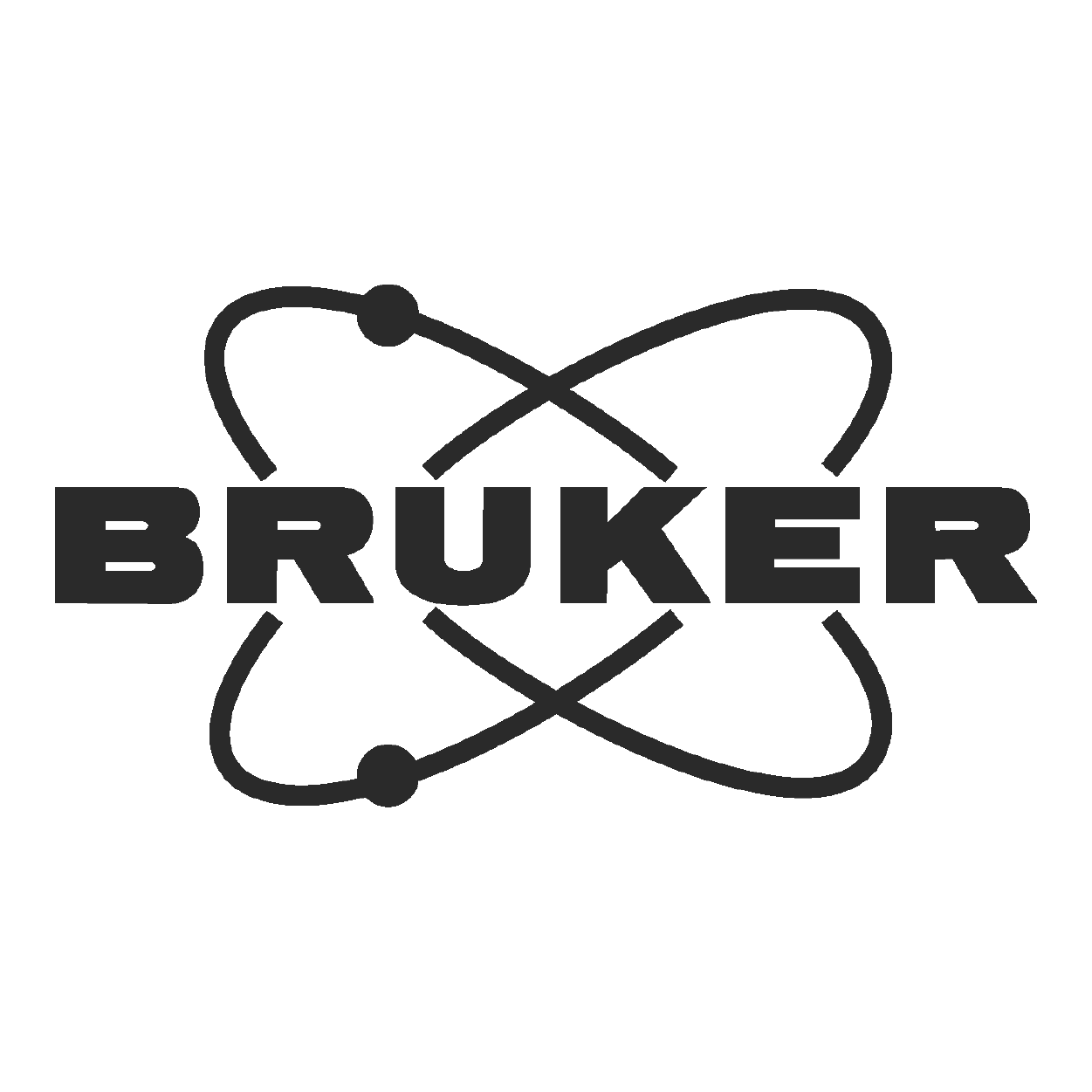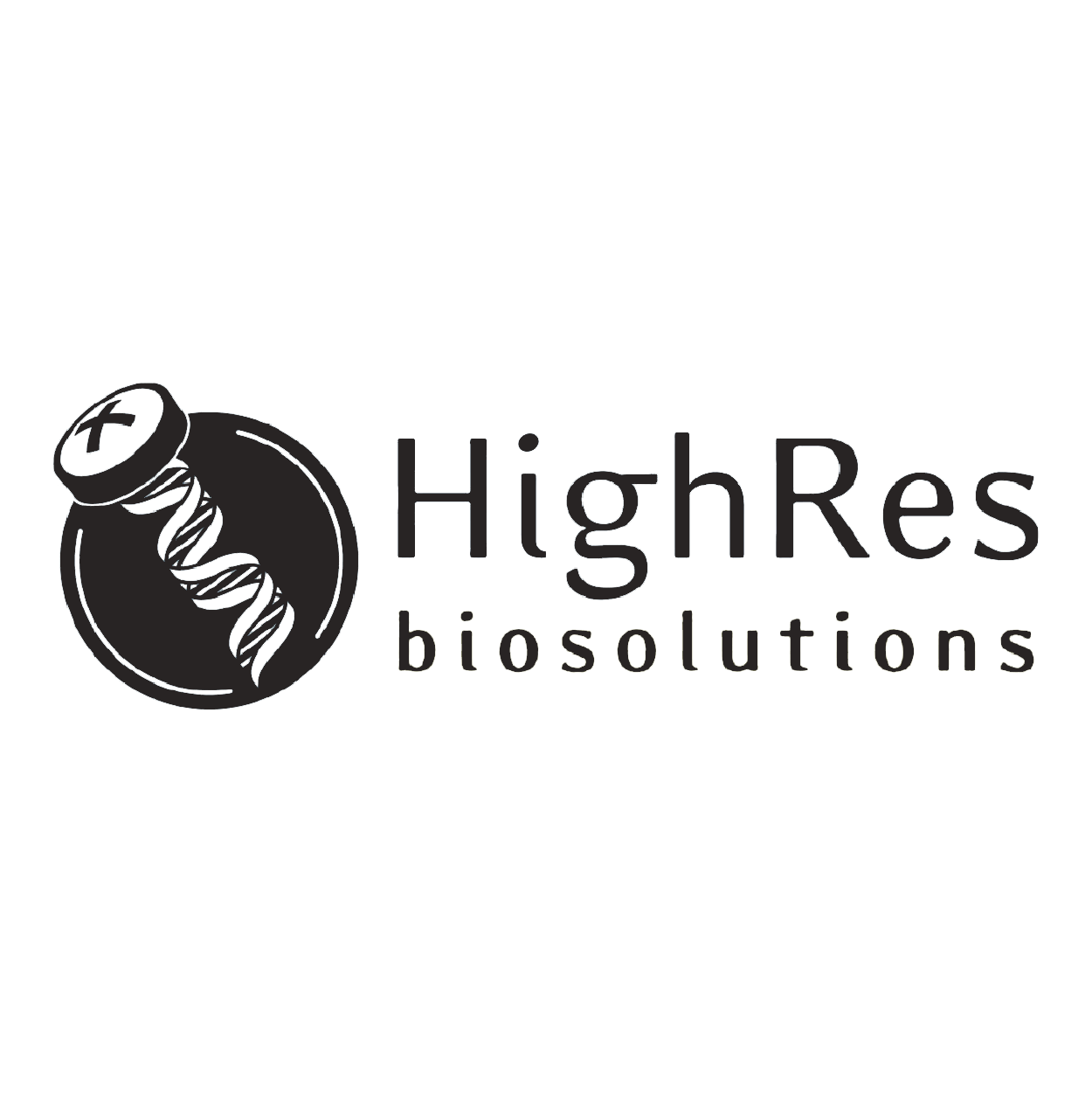Parts in days anywhere in the USA.
Sheet Metal Finishes
Achieving the perfect finish is a crucial factor when it comes to sheet metal projects, as it can significantly impact the product’s overall appearance, durability, and functionality. Several finishes are available for sheet metal, including powder coating, anodizing, painting, and plating. The choice of finish depends on the sheet metal product’s intended application and desired look.
How to choose which of these sheet metal finishes is right for your project.
Choosing the suitable sheet metal finish for your project involves considering several factors, such as the intended use and aesthetic appeal. Some popular finishes include brushed, polished, anodized, or painted. Brushed finishes hide scratches easily, while polished finishes are shiny and reflective. Anodized finishes are a good option for a more durable and corrosion-resistant finish. Painted finishes come in various colors and provide a cost-effective way to add color to your project. Some factors to consider when choosing a finish include durability, maintenance requirements, and cost. It’s also important to consider the environment in which the finished product will be used; for example, a rust-resistant finish would be ideal if the climate is prone to humidity. Ultimately, it’s up to the designer or fabricator to determine the most appropriate finish for the project.
Standard (Default)
The Standard surface finish for sheet metal parts is to remove the tabs and deburr the part.
- Metals
Anodizing Levels II & III
Thin oxide layer enhances corrosion resistance and appearance.
- Metals
Bead Blasting
Using this technique creates a consistent and even texture on a surface.
- Metals
- Plastics
Black Oxide
This is a chemical process that enhances corrosion and wear resistance.
- Metals
Chem Film
A layer of chromate enhances corrosion resistance and increases lifespan.
- Metals
Chrome Plating
It offers corrosion resistance, enhanced appearance, and improved wear and scratch resistance.
- Metals
Dry Film
It protects against wear and corrosion, reduces friction, and improves performance.
- Metals
E-Coat
It provides superior corrosion protection and a uniform, durable finish to metal parts and components.
- Metals
Electroless Nickel Plating
A nickel solution bath provides corrosion, wear resistance, and electrical conductivity.
- Metals
Electro Polishing
It removes a microscopic layer of material from the surface, leaving behind a uniform, mirror-like finish that is highly corrosion-resistant.
- Metals
Epoxy Priming & Painting
It can significantly enhance their durability and resistance against wear and tear.
- Metals
Galvanizing
A zinc coating is a protective layer that prevents corrosion and rusting of the underlying surface.
- Metals
Gold Plating
It improves conductivity, corrosion resistance, and durability leading to a longer lifespan.
- Metals
Graining
Graining improves the surface finish, reduces friction, and enhances durability.
- Metals
Laser Engraving
Using a laser, a design, logo, or text can be engraved onto the surface of a material.
- Metals
- Plastics
Nickel Plating
It enhances the durability and corrosion resistance of CNC machined components.
- Metals
- Plastics
Passivation
The part is submerged in acid to remove impurities and increase corrosion resistance and lifespan.
- Metals
Polishing
A process that improves surface quality by removing imperfections such as burrs, pits, and scratches.
- Metals
Powder Coating
Dry powder is heated and fused to create a coating more resistant to chipping, cracking, and fading
- Metals
Priming & Painting
Enhances aesthetic appeal and protects against environmental damage.
- Metals
- Plastics
Silk Screening
A layer of ink is added via a stencil in a pattern, logo, or text on the materials surface.
- Metals
- Plastics
Silver Plating
It can provide a lustrous, shiny finish that is resistant to tarnishing and corrosion, making it a popular choice for many applications.
- Metals
Tumbling
An abrasive medium is used to smooth and remove imperfections from the surface area.
- Metals
Zinc Plating
It enhances durability and corrosion resistance and prevents wear and tear.
- Metals







